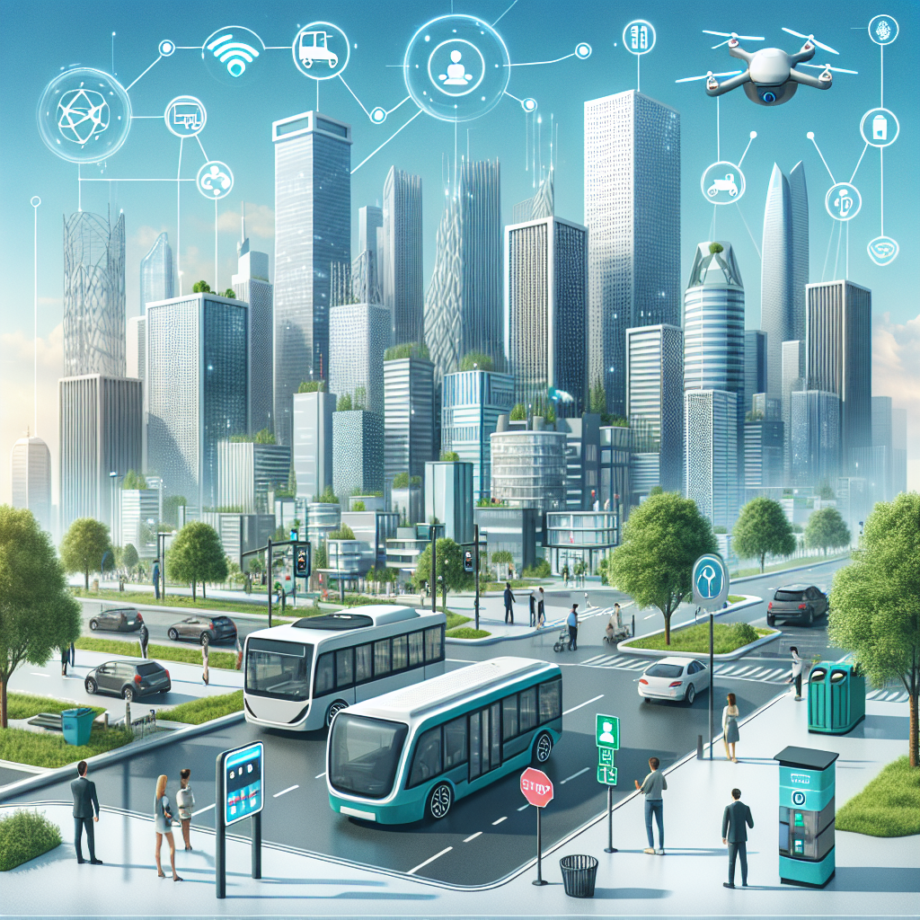
Introduction to Smart Cities
In the era of rapid urbanization, smart cities are emerging as a solution to numerous urban challenges. By integrating technology and data, these cities aim to improve the quality of life for their residents and create sustainable environments. A crucial component of this transformation is the Internet of Things (IoT), which connects devices and systems to streamline operations and enhance urban living.
Understanding IoT in Urban Development
The Internet of Things refers to the network of physical objects—devices, vehicles, buildings—that are embedded with sensors and software to collect and exchange data. This connectivity enables cities to make informed decisions and optimize various services. Here are some key areas where IoT plays a significant role in urban development:
1. Smart Infrastructure
- Smart Lighting: IoT-enabled streetlights can adjust their brightness based on pedestrian movement or time of day, leading to energy savings and enhanced safety.
- Enhanced Public Transportation: Real-time tracking of public transport vehicles can improve service efficiency and provide passengers with accurate arrival times through mobile applications.
2. Waste Management
IoT sensors in waste bins can monitor fill levels, allowing waste management services to optimize collection routes and schedules. This not only reduces operational costs but also minimizes environmental impact.
3. Energy Efficiency
Smart grids use IoT technology to monitor and manage the distribution of electricity. This results in improved energy efficiency and the ability to integrate renewable energy sources into the grid for a more sustainable approach to urban energy consumption.
4. Public Safety
IoT devices such as surveillance cameras and environmental sensors can enhance public safety. Real-time data on air quality and noise levels can inform city officials and residents about potential hazards.
Benefits of IoT in Smart Cities
Implementing IoT technologies in urban development comes with numerous benefits:
- Improved Quality of Life: By streamlining services, residents experience better healthcare, education, and transportation systems.
- Sustainability: Efficient resource management leads to reduced waste and lower carbon footprints.
- Data-Driven Decision Making: Access to real-time data helps city planners and officials make informed decisions that cater to the needs of the community.
Challenges in Implementing IoT Solutions
Despite the numerous advantages, the transition to IoT-driven smart cities is not without challenges:
- Data Privacy: The collection of vast amounts of data raises concerns regarding citizen privacy and security.
- Infrastructure Costs: Setting up IoT devices and networks requires significant investment, which may be a barrier for some cities.
Conclusion
Smart cities are pioneering urban development through the innovative use of IoT technology. By connecting various systems, these cities can enhance efficiency, sustainability, and overall quality of life for their residents. As more cities adopt IoT solutions, the potential for smarter, more livable urban environments continues to grow.
